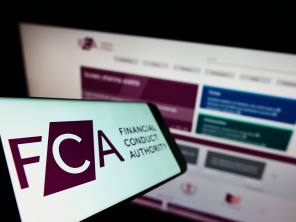

Uprating the state pension under a ‘triple lock’ system which guarantees a rise at the highest rate of inflation and currently escalation well above prices rises, is estimated to have cost £2.9bn for the last financial year, more than seven times the original estimate.
These are the findings of the Office for Budget Responsibility, published in its June welfare trends report. It also found that despite savings from increasing state retirement age, the cost of funding the state pension alone will rise to more than 57 per cent of welfare spending over the next 50 years.
At the moment state pensions account for 5.5 per cent of GDP and will dip slightly in the short term as pension age changes take effect, but over the medium term it climbs steeply to more than 7 per cent of GDP in the period beyond 2050.
This does not account for all spending on pensioners, who also receive a number of non-means tested benefits such as winter fuel payments.
OBR said uprating the basic state pension is estimated to have cost around £2.9bn in 2014-15 – £2.4bn higher than the original estimate – and will continue to cost more than uprating by average earnings for the foreseeable future.
The ‘triple lock’ was announced in the June 2010 Budget, meaning the basic state pension award rises by the highest of CPI inflation, average earnings growth or 2.5 per cent.
The total cost in 2014-15 – the end of the Treasury’s scorecard period in the June 2010 Budget – was originally estimated to be £400,000.
However, out-turns have been significantly different, reflecting a combination of sustained shortfalls in productivity and real earnings and high inflation relative to the June 2010 forecast. In 2012-13, uprating was in line with CPI inflation of 5.2 per cent, twice the June 2010 forecast.
In 2013-14 and 2014-15, the earnings growth was much weaker than expected, meaning uprating by the 2.5 per cent floor and CPI inflation respectively was more costly than initially expected.
Higher inflation and lower average earnings growth relative to the June 2010 forecast mean that the triple lock will continue to cost more than uprating by average earnings in 2015-16 and the OBR’s March 2015 forecast implied that this would be the case in 2016-17 too.
Age UK and the Pensions Policy Institute research suggest the triple lock will help reduce the percentage of pensioners living in poverty will fall to 14 per cent in 2017 and 11 per cent by 2025 – although commentators have said this may well be unaffordable over the long-term.
peter.walker@ft.com



